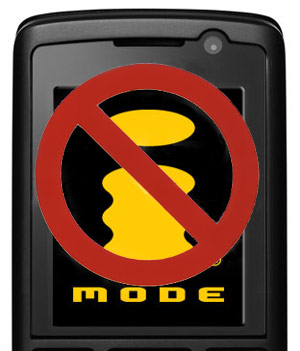DoCoMo Creates New Corp. Branding Division
DoCoMo announced that for the purpose of executing unified and effective promotional marketing activities, it will establish a new Corporate Branding Division on August 1, 2007. Corporate Branding Division staff will assume responsibility for marketing, promotion of customer satisfaction, reinforcement of the corporate brand and other promotional activities.


